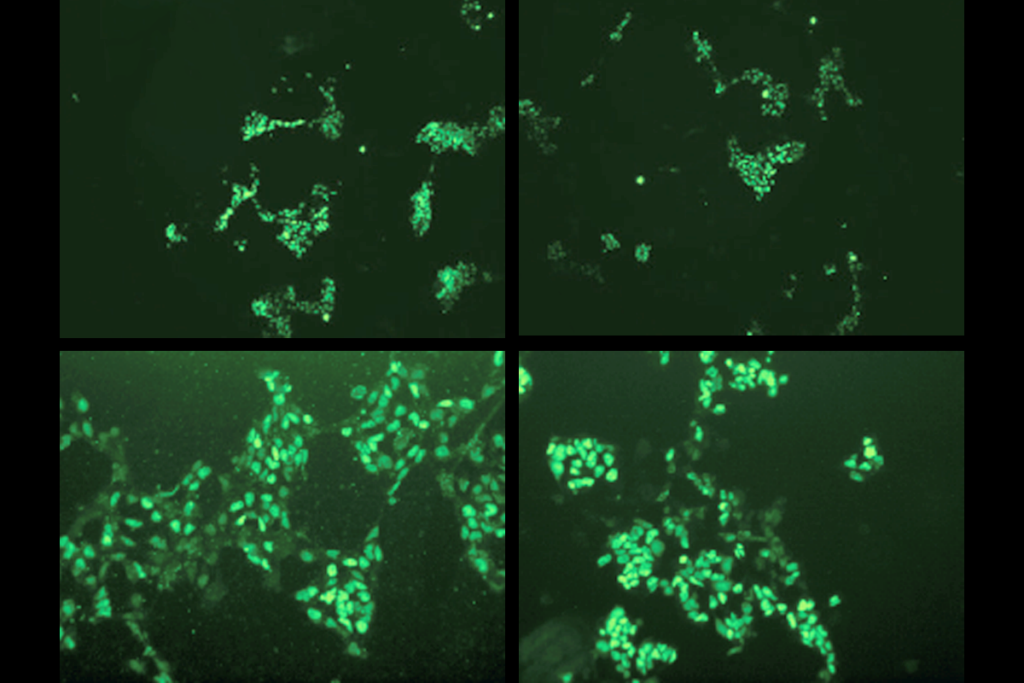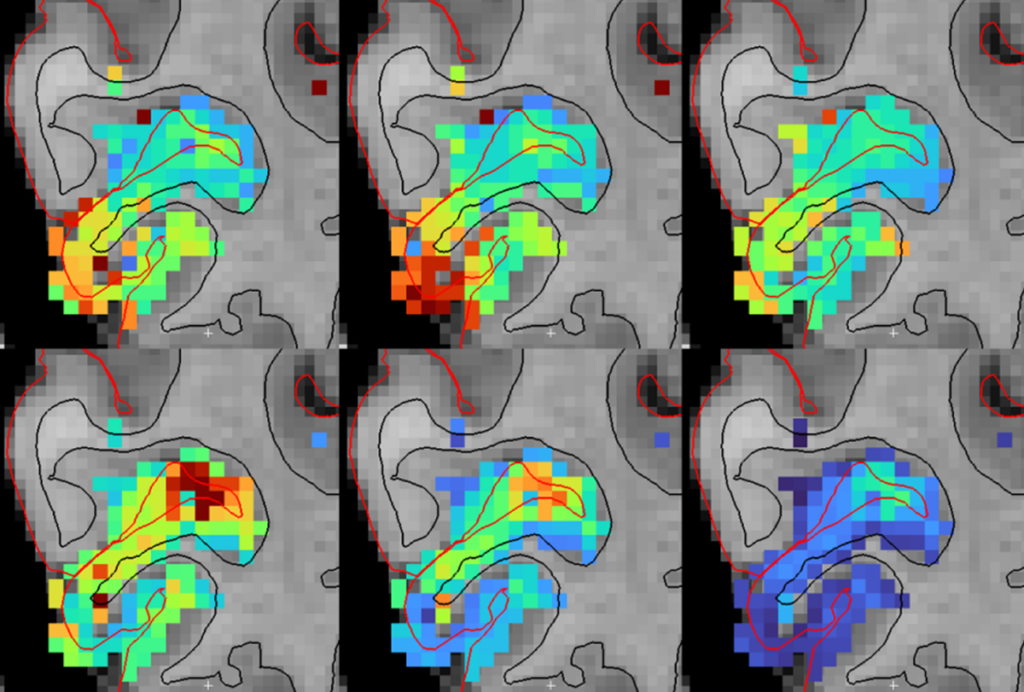New tests for fragile X promise routine screening
A new wave of genetic tests for fragile X syndrome, the leading cause of inherited mental retardation and the most common genetic cause of autism, may make it possible to routinely screen pregnant women and newborns for the syndrome.
A new wave of genetic tests for fragile X syndrome, the leading cause of inherited mental retardation and the most common genetic cause of autism, may make it possible to routinely screen pregnant women and newborns for the syndrome.
“Finding a cheap and accurate test has been the first big holdup for fragile X testing,” says Don Bailey, president of the National Fragile X Foundation.
In the past two years, three research companies as well as several research groups, including Wisconsin’s Department of Health, have developed tests for fragile X syndrome. In February, New Jersey-based Quest Diagnostics introduced XSense, which has already been adopted for use in 50 states. Other companies, including Texas-based Asuragen Inc. and Abbott Laboratories have not yet made their tests available to physicians.
With four million babies born in the U.S. each year, genetic tests need to be cheap — typically less than one dollar each. The standard methods for diagnosing fragile X syndrome — polymerase chain reaction (PCR) and Southern blotting, both of which detect DNA — range from $350 to $500 dollars and can take weeks to yield results. The new tests also run to about $300 but give results in only days.
Because of the cost and effort involved, state health departments do not regularly screen newborns for fragile X syndrome. Screening for pregnant women varies from hospital to hospital, doctor to doctor and state to state.
As a result, parents often find out late in the game why their child is developing more slowly than expected. “On average, parents will visit ten different doctors before one suggests that their child should receive a fragile X test,” Bailey says.
The benefits of early screening are undeniable.
“I think fragile X is important to identify so families can be alerted to the risks and can start educational interventions early,” says W. Ted Brown, director of the Institute for Basic Research in Developmental Disabilities in New York.
Spotty screening:
Fragile X syndrome is caused by a genetic mutation in the FMR1 gene, which codes for a protein called FMRP. Mutations in FMR1 cause repeats of a particular pattern of DNA. Individuals who carry a full mutation have 200 or more repeats, and don’t make FMRP. Those with pre-mutations have between 55 and 200 repeats, and make some of the protein.
An estimated one in 2,500 men and women have the full mutation, but as many as one in 260 women and one in 260 to 800 men carry the pre-mutation1.
Although most children with the pre-mutation seem healthy, there is emerging evidence that some of them may have developmental problems, particularly deficits in attention and social communication in boys.
“Some studies have found that pre-mutations may cause subtle learning and memory problems, which makes screening for them important,” says Randi Hagerman, director of the MIND Institute at the University of California, Davis.
Doctors have been able to diagnose fragile X syndrome since 1992, when the FMR1 gene was cloned. Despite the high prevalence of mutations, however, most state health departments do not routinely screen pregnant women or newborns for the syndrome. In 2006, the American College of Medical Genetics reviewed 78 conditions and did not recommend adding fragile X to the list of those for newborn screening2, primarily because the tests available then were expensive and time-consuming.
One of the standard tests, PCR, generates thousands to millions of copies of a DNA sequence, and can be used to estimate the number of nucleotide repeats. However, traditional PCR is unable to assess large numbers of repeats. In about 20 percent of samples tested, researchers also have to generate a Southern blot. Southern blotting is time-consuming, sometimes taking up to a few weeks to perform, and typically costs hundreds of dollars — making it unsuitable for high-volume screening.
The new tests might eliminate the need for Southern blots in nearly 99 percent of cases, and make routine screening for fragile X more feasible3. For instance, XSense uses an improved PCR-based method that can detect more than 200 repeats.
Precise measures:
A March 2010 Quest Diagnostics study reported that XSense pinpoints cases of full and pre-mutations with the same precision as the standard PCR/Southern blot tests together, but generates results much faster.
“The advances in this technology will make testing for fragile X much less cumbersome and allow us to diagnosis fragile X more quickly,” says Charles Strom, medical director of the Quest Diagnostics’ Genetic Testing Center.
But these tests are still too expensive for large-scale screening, notes Brown. XSense costs more than $300 per test, for instance.
Even apart from the cost, there are several ethical issues that must be resolved before routine screening for fragile X is implemented. The most urgent one of these is that there is no immediate treatment for the syndrome.
“Some doctors say,, ‘What’s the point of screening for the disorder if you can’t fix the problem right now?’” notes Bailey. Diagnosing an untreatable condition in newborns can be a huge burden on families, he adds, making them overly anxious about their child’s development, and exacerbating symptoms of postpartum depression in some mothers.
For women who are pregnant or plan to become pregnant, knowing their genetic status may influence their decision to have a child. This is a particularly thorny issue because researchers are still unsure whether pre-mutations cause cognitive delay or behavioral problems.
To determine the impact of fragile X screening on families, Bailey and his colleagues are conducting a study in which they are offering 2,000 parents the option of having their newborns tested. So far, between 60 and 65 percent of parents have agreed to screening.
References:
-
Hagerman P.J. J. Med. Genet. 45, 498–499 (2008) PubMed
-
Watson M.S. et al. Genet. Med. 8, 1S–252S (2006) PubMed
-
Tassone F. et. al. J Mol. Diagn. 10, 43–49 (2008) Abstract
Recommended reading

Split gene therapy delivers promise in mice modeling Dravet syndrome

Changes in autism scores across childhood differ between girls and boys

PTEN problems underscore autism connection to excess brain fluid
Explore more from The Transmitter

Functional MRI can do more than you think

